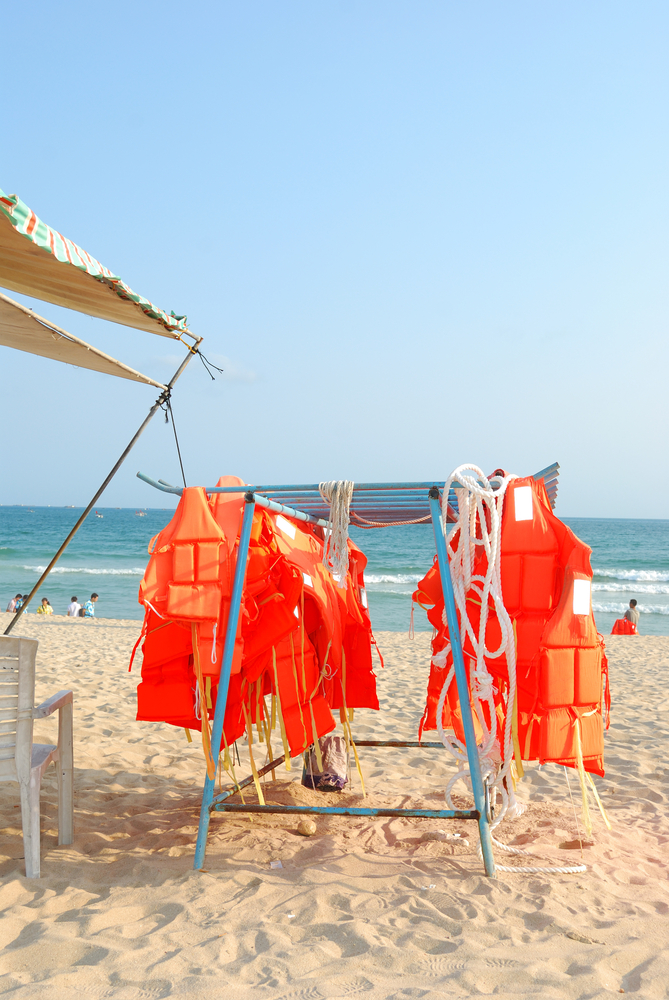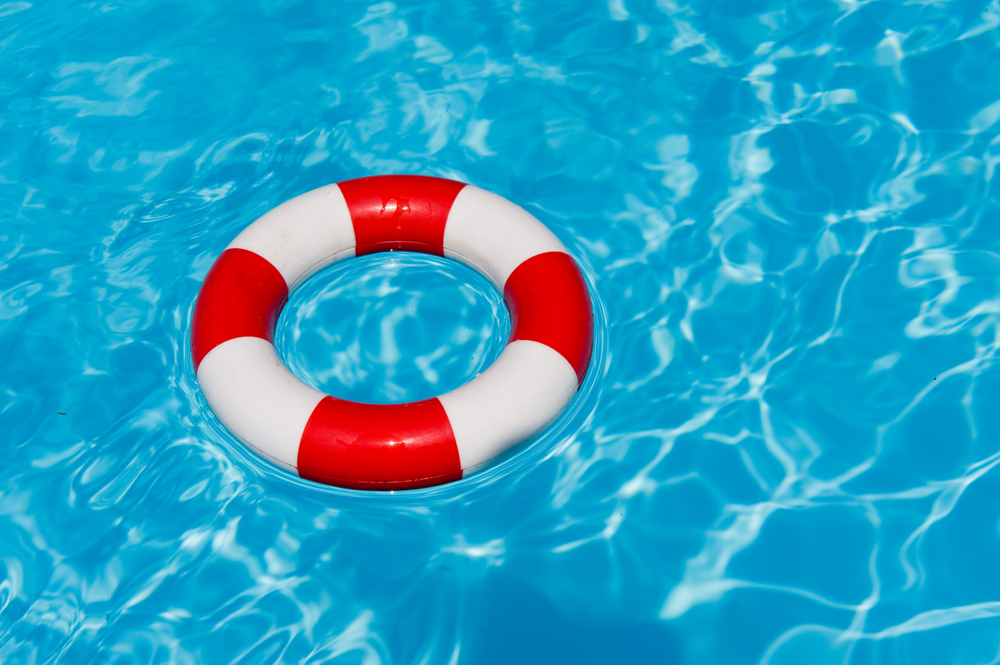Drowning Prevention
 |
Water can be dangerous!
- Playing in the water is lots of fun, but always remember –
water can be dangerous!
A person can drown:
- In small amounts of water:
- A bath tub
- A shallow pool
- A bucket
- A trench or ditch
Even if someone survives after nearly drowning:
- They may still suffer serious health problems:
- Brain damage
- Memory problems
- Breathing problems
- Loss of movement
Who is most at risk of drowning?
- Men
- Infants and children under age 5
- Teenagers (especially boys)
- People with seizure disorders
- People with disabilities that:
- Limit movement
- Make it hard to notice danger
Most drownings happen when people:
- Swim in pools, lakes or the ocean without someone constantly watching
- Drinking alcohol while playing near water
- Go out in a boat or raft without a life jacket
- Leave someone who has seizures or who can’t support themselves (including babies) alone in a bathtub
How can you keep from drowning?
- Never swim alone.
- Use the buddy system.
- Always swim with a friend!
- Always know where your buddy is.
- A lifeguard or experienced swimmers are watching
- It says it is safe to swim - Look for ropes or signs
 |
Wear a life jacket!
- Always wear a life jacket at the pool, the beach or on a boat. Make sure it fits!
- The size should be on the inside of the jacket.
- Test the fit of your life jacket.
- Lift your arms straight up above your head.
- Turn your head to the right and to the left.
- The chest portion of the jacket should not touch your chin when you turn your head.
Stay safe at the beach.
- The beach can be fun, but the ocean is not like a swimming pool!
- The ocean is unpredictable. Waves and currents can be dangerous.
- Look for signs that say:
- If it is safe to swim.
- Where it is safe to swim.
Stay safe at the beach.
- "Sneaker" waves can be dangerous.
- Sneaker waves are bigger than normal waves. They can pull people into the water without warning.
- Protect yourself from sneaker waves.
- Always have someone with you.
- Always watch for the next wave.
How can you tell if someone else is drowning?
- When someone is drowning they are just trying to breathe. They may:
- Not be able to call for help
- Not be splashing
- Have their head tilted back
Be looking around for help
If you think someone is drowning, act quickly!
- Tell other people and call 9-1-1.
- Tell the person to stay calm, look at you and kick their feet.
- Throw them a floating object (a life preserver or cushion).
If someone is drowning, DON’T go in the water yourself.
- You can help only if you stay safe!

- You may get hurt by going into the water to help someone.
- They may pull you underwater, too.
- There may be dangerous waves or currents in the water, even if you can’t see them from the shore.
- Only a trained and certified lifeguard should go in the water to help a drowning victim.
Drowning can happen at home.
- Many drowning accidents happen in the bathtub.
- If you have seizures or if it’s hard for you to take a bath, don’t be shy… ask for help!
- Never leave a child or person who can’t support themselves alone in the bathtub.
- If there is a pool where you live, make sure it’s fenced in and keep the gate locked.
Learn more about water safety and drowning prevention:
CDC – Water-Related Injuries: Fact Sheet
http://www.cdc.gov/HomeandRecreationalSafety/Water-Safety/waterinjuries-factsheet.html
http://www.cdc.gov/HomeandRecreationalSafety/Water-Safety/waterinjuries-factsheet.html

